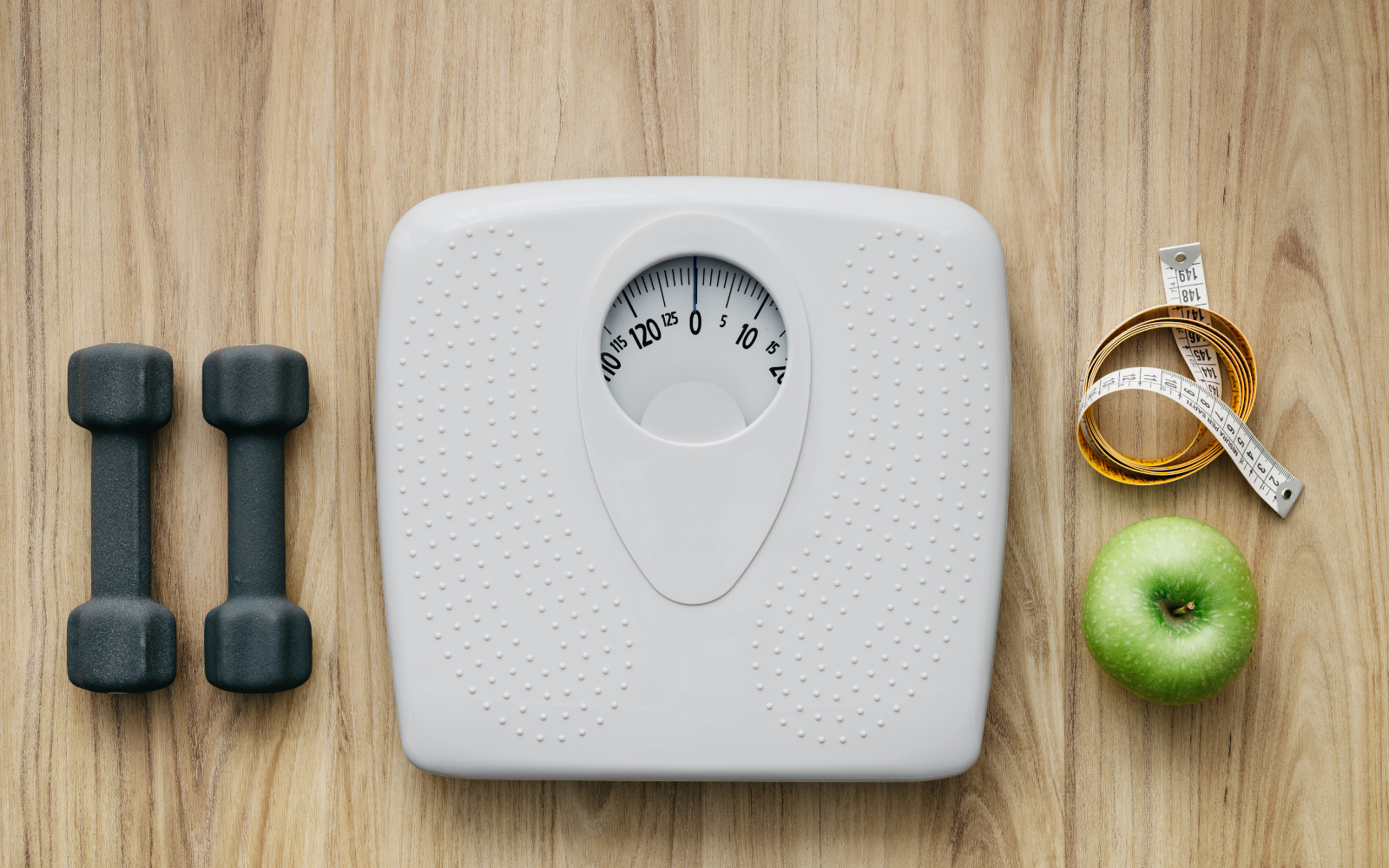What's in a Number? How to Calculate Your BMI
Posted on February 20 2024

Phone number, address, zip code. Credit score, mortgage rate, gas mileage. Numbers play a big part in our daily lives, and for those in tune with their health and fitness, there are even more to keep track of, such as heart rate, cholesterol level, and blood pressure.
But what about the newest stat in the health portfolio, BMI?
BMI stands for “body mass index,” and it’s a way to estimate body fat. Though the number is not always completely accurate, it can help predict potential weight problems that can lead to dangerous health conditions like heart disease, high blood pressure, and type 2 diabetes.
How to calculate your BMI
The formula is fairly simple: just divide your weight (in pounds) by your height (in inches) squared, then multiply by 703.
According to the National Institutes of Health, you’re within the “normal” range if your BMI is between 18.5 and 24.9. From 25 to 29.9 you’re considered overweight, and anything 30 or over is obese. Below 18.5 and you’re underweight, which can also lead to health problems.
Limitations of your BMI score
Although a BMI score doesn’t reveal your total health picture, it’s a quick, easy and free way to get started on the path to getting fit and staying healthy. Basically, your BMI should be used only as a screening tool, advise both the NIH and the Centers for Disease Control, because it has limitations:
Age: We lose muscle mass as we age, and older people tend to have more body fat than younger people at the same BMI.
Gender: Women tend to have more body fat than men at the same BMI.
Physical fitness: BMI can’t distinguish between lean body mass and fat mass, so trained athletes with a high muscle mass will likely have a higher BMI that is not a true measure of body fat.
Combine BMI with other factors for a total health picture
The CDC recommends combining your BMI score with these other risk factors for predicting weight problems and disease:
Waist circumference: Abdominal fat is a reliable predictor of risk for obesity-related diseases. When measured around the waist at the belly button with a soft tape measure, waist circumference should be no more than 40 inches for men and 35 inches for women.
Other risk factors besides body fat: Other factors play a part in determining your risk of developing obesity-related diseases — like family history, physical inactivity, cigarette smoking, high LDL cholesterol and low HDL cholesterol.
Even a small amount of weight loss (just 10 percent of your current weight) will help to lower your risk of developing obesity-related diseases. As always, talk to your doctor before beginning a rigorous weight-loss regimen or workout program.